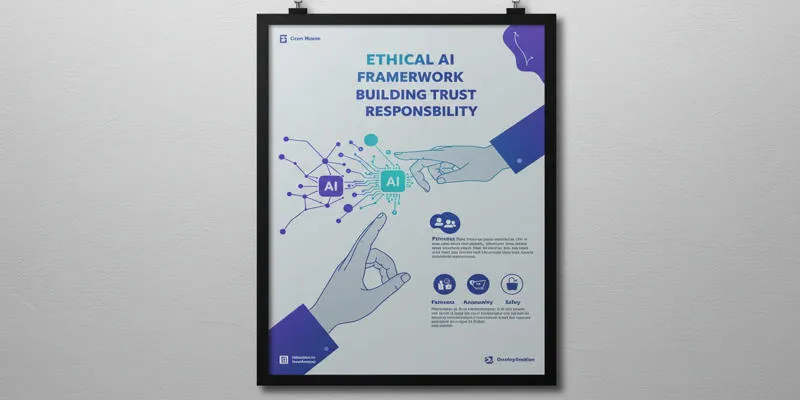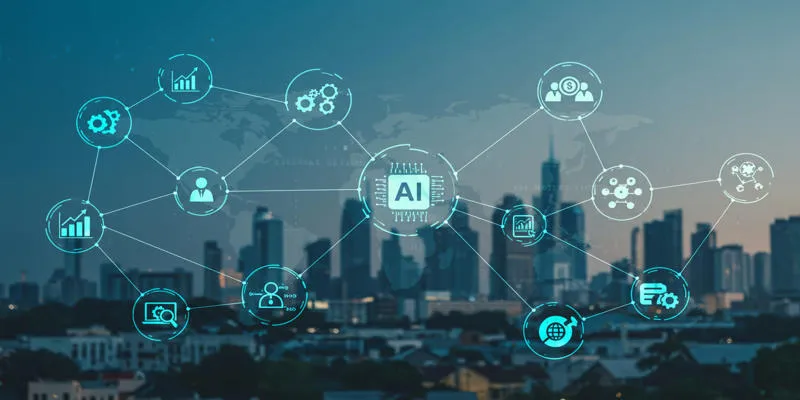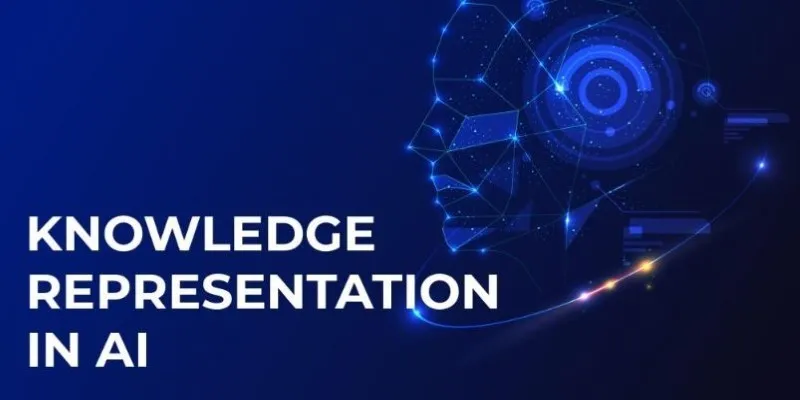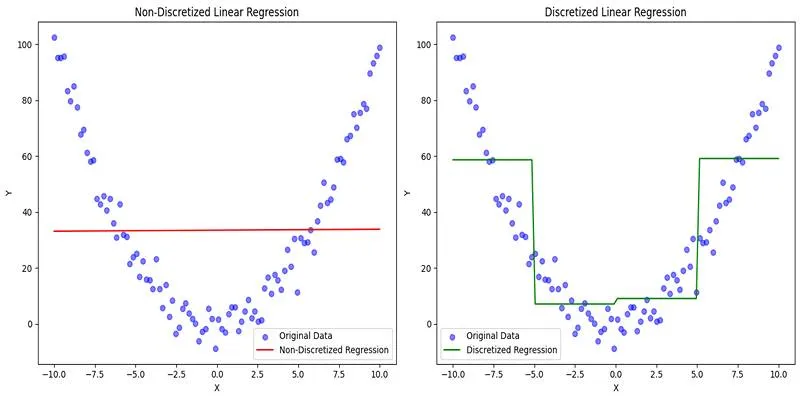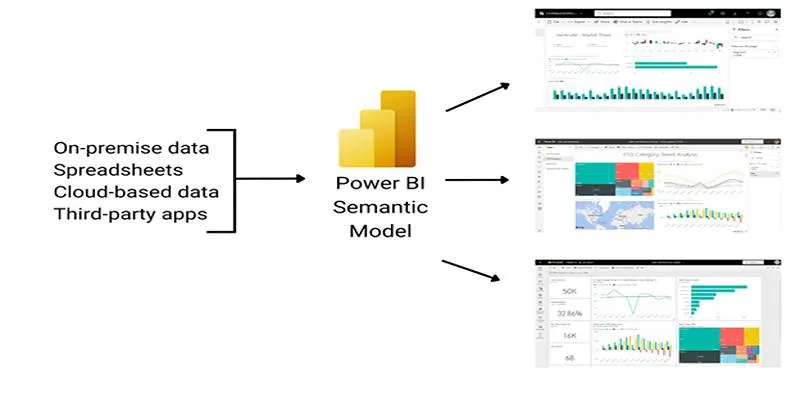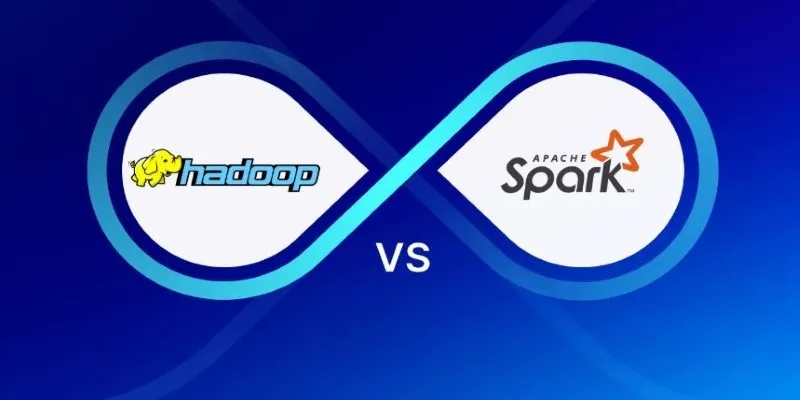Artificial Intelligence (AI) has transitioned from being just a buzzword to becoming a vital part of numerous industries, including healthcare and finance. However, building an AI model is merely the beginning. The true challenge lies in maintaining, deploying, and improving that model in real- world environments. This is where MLOps comes into play.
MLOps is a set of practices that integrate machine learning (ML) development and operations. It ensures that AI models are reliable, scalable, and always production-ready. Managing the AI lifecycle is not a one-time task but a continuous process requiring attention at every stage—from data collection to deployment and monitoring.
What is MLOps?
MLOps, short for Machine Learning Operations, is akin to DevOps but specifically tailored for machine learning systems. While data scientists focus on creating models, MLOps ensures these models are deployable, trackable, and manageable in the future. MLOps provides a platform to handle the AI lifecycle cost-effectively, integrating developers, data scientists, and operational teams for seamless collaboration.
Without MLOps, many AI projects fail due to outdated models that do not function well in production environments or are too difficult to update. MLOps addresses these challenges by automating workflows, handling infrastructure, and incorporating best practices in AI development.
Key Phases of Handling AI Lifecycle Using MLOps
Managing the AI lifecycle is an iterative process, where each stage significantly contributes to ensuring the model functions effectively in real- world scenarios. Below are the key stages:
Data Collection and Preparation

All AI projects begin with data. The initial step involves gathering large volumes of data from multiple sources. However, raw data is seldom in a usable state. It requires cleaning, transformation, and labeling before it can be used to train models. MLOps simplifies these operations, automating data preprocessing to minimize human error and ensure quality. MLOps tools also help track data versions, ensuring consistency across experiments and preventing confusion when revisiting old datasets.
Model Development
Once the data is prepared, the focus shifts to building the model. During this phase, data scientists experiment with various algorithms and fine-tune parameters to find the best model. MLOps supports this process by offering tools that facilitate collaboration, experiment tracking, and model versioning. The aim is not only to create a working model but to make the development process transparent and repeatable, allowing teams to efficiently scale their efforts.
Model Testing and Validation
After training, the model must undergo rigorous testing to ensure it performs well in real-world scenarios. MLOps aids in automating testing and validation processes, running simulations, and comparing models against fresh datasets. This step assures the model’s robustness and verifies its accuracy, ensuring it delivers results when deployed in production.
Deployment and Monitoring
Deploying a model to production is a critical stage. Without proper deployment, even the best model is ineffective. MLOps streamlines this process by using automated pipelines to deploy models consistently and quickly across various environments. Once deployed, continuous monitoring is crucial. Over time, models can degrade due to changing data or user behavior. MLOps tools monitor model performance in real-time, sending alerts and enabling teams to act quickly to maintain optimal performance.
Continuous Improvement
The AI lifecycle doesn’t end with deployment. As new data emerges and environments evolve, models must be updated to remain relevant. MLOps facilitates continuous integration and delivery (CI/CD) of AI models, ensuring they remain accurate and effective through ongoing retraining, testing, and redeployment.
Benefits of MLOps in Managing AI Lifecycle
MLOps offers several advantages that simplify and enhance the management of the AI lifecycle.

First, it fosters better collaboration among different teams. Data scientists, engineers, and operations staff can use shared tools and platforms to collaborate effectively.
Second, it increases automation. Many tasks within the AI lifecycle, such as data preparation, model training, and testing, can be automated. This saves time and minimizes the risk of human error.
Third, MLOps enhances model reliability. Automated monitoring and logging ensure that any issues are detected early.
Fourth, it allows for better scalability. With MLOps, organizations can deploy and manage multiple AI models across different environments with ease.
Finally, managing the AI lifecycle becomes more cost-effective. Automation and standardization reduce operational costs and optimize resource utilization.
Challenges and the Future of MLOps
Despite its numerous benefits, implementing MLOps comes with challenges. It requires the right infrastructure, tools, and a skilled team to manage the complexities of the AI lifecycle, which includes handling vast amounts of data, developing complex models, and supporting multiple environments.
Moreover, security is a significant concern, as AI systems often handle sensitive data. MLOps practices must incorporate strict security measures to protect both data and models. Building a collaborative culture between data science and operations teams can also be challenging, requiring organizations to invest in training and change management to bridge any gaps.
Looking to the future, MLOps will become even more essential as AI adoption continues to expand. Advancements in MLOps will focus on better automation, improved security, and more intuitive tools. These developments will enhance model monitoring, automated retraining, and self-healing capabilities that address issues without human intervention. The integration of cloud and edge computing will further shape the future of MLOps, requiring solutions that manage the AI lifecycle across both environments.
Additionally, responsible AI will gain prominence, with MLOps playing a vital role in ensuring fairness, transparency, and accountability in AI systems. These changes will ensure that organizations can continue leveraging AI efficiently while addressing evolving technical, ethical, and operational challenges.
Conclusion
MLOps is crucial for managing the AI lifecycle, ensuring models are reliable, scalable, and continuously improved. While challenges such as infrastructure, security, and team collaboration exist, the benefits of MLOps far outweigh them. As AI adoption grows, future advancements in automation, security, and user-friendly tools will make MLOps even more indispensable. Embracing responsible AI practices will ensure that organizations maintain fairness, transparency, and accountability while unlocking the full potential of AI for innovation and growth.
 zfn9
zfn9
